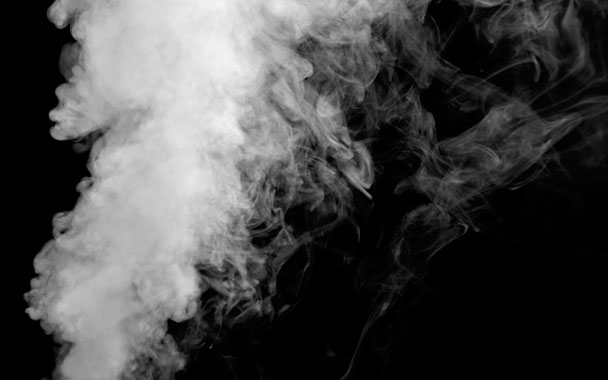There are two real red-letter days in the annals of home grilling. The first, lost in the mists of prehistory, was when one of our forebears discovered the incredible transformation that food undergoes when it spends some time over fire. The second can be dated more precisely: It was 1951, when George Stephen, an employee of Weber Brothers Metal Works, near Chicago, cut a spherical aluminum buoy in half, fitted it with legs, and in effect created the first covered backyard grill.
All Stephen wanted to do was protect his steaks from wind and rain, but his invention (and the countless other covered-grill designs it inspired—really any grill with a lid and vents to control airflow) put one of our very favorite outdoor cooking techniques within reach of any backyard cook. We call it smoke-roasting. Others simply call it delicious.
Smoke-roasting is basically like oven-roasting, the crucial differences being that it is done outside and that your fuel is a pile of smoldering coals that give the food a deep, evocative edge of smokiness. American cooks are probably most familiar with it as an alternative cooking method for the Thanksgiving roast turkey but don’t use it for much else. This is a shame, because there are few better ways to create super-flavorful meals that serve a crowd with little effort. It’s perfect for large, relatively tender items like pork or beef roasts, legs of lamb, whole chickens or ducks, even whole fish. Not only that, but it doesn’t heat up the kitchen on a summer evening, and it leaves no grease-encrusted pans to scour in the wee hours after the guests have left—or to face in the morning. Also, with the addition of the smoky flavor, all of these dishes become assertive enough to stand up to the intensely flavored salsas, relishes, chowchows, and chutneys that we love.
The cardinal principles of this method are clear. First, make sure that no portion of whatever you are cooking is directly over the fire. Second, don’t let the fire get too hot; nothing is carved in stone when cooking over live coals, but you are looking for temperatures in the 325 to 425°F range. Finally, start checking for doneness about half an hour before you think the food will be properly cooked, to account for the vagaries of live fire.
The mechanics are simple, too. Just build a fire in your grill in the usual manner, using about enough charcoal to fill one to one and a half large shoeboxes, depending on the result you want to achieve. When cooking poultry, for example, we like to use more charcoal, since the higher heat will crisp the skin while it cooks the bird all the way through. For pork or beef, which have a denser texture and therefore cook longer and might dry out on the exterior if cooked at too high a temperature, we use less charcoal. In either case, when the flames have all died down and the charcoal is covered with ash, put the food on the side with no coals and cover the grill, leaving the vent holes open. Now just let it cook until done, adding a nice, big handful of fuel every 30 minutes, or about every time you need a beer.
Unlike grilling, in which the food sits directly over the coals and does not really cook long enough to absorb much flavor from the fuel, smoke-roasting allows you to choose the amount and even the type of smoky flavor you want. Charcoal alone, whether briquettes or lump hardwood, will impart a pleasant, rather faint edge of smokiness. For more smoke flavor, add chunks of hardwood. Hickory and mesquite chips, which also work fine but don’t last as long, are sold in the grill sections of stores these days—but be aware that mesquite has a strong, distinctive flavor. Whichever type of smoke flavorizer you choose, add a small handful when you first put the food on the grill and each time you refuel after that. More than that and you may have an end product that is smokier than you really want. But, as with all things live-fire, the only way to be sure is to experiment and see what you like.
And there is one other inestimable advantage to smoke-roasting. Once the food is under the dome, you are free to socialize while the main course slowly smokes its way to sublimity. After all, in extolling the virtues of his funny-looking kettle grill, Mr. Stephen remarked that it allowed him to spend less time over the grill and more time at the bar. A wise man.



 Pinterest
Pinterest






